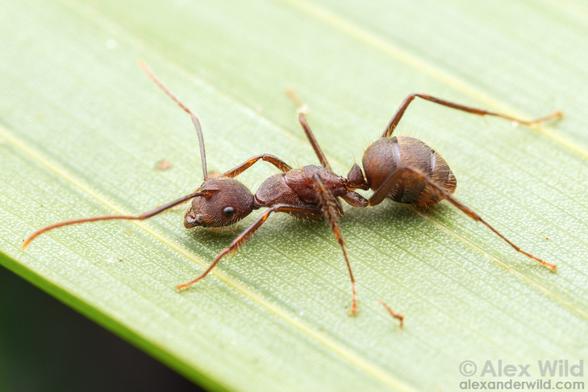If you are starting to learn ants, this should be your first genus: Camponotus. They are found everywhere in the world, there are a lot of ecologically important species, and you'll always have a point of familiarity in any fauna.
The genus includes North America's common carpenter ants.
#Ants #Photography #Insects #Camponotus
https://www.alexanderwild.com/Ants/Taxonomic-List-of-Ant-Genera/Camponotus


